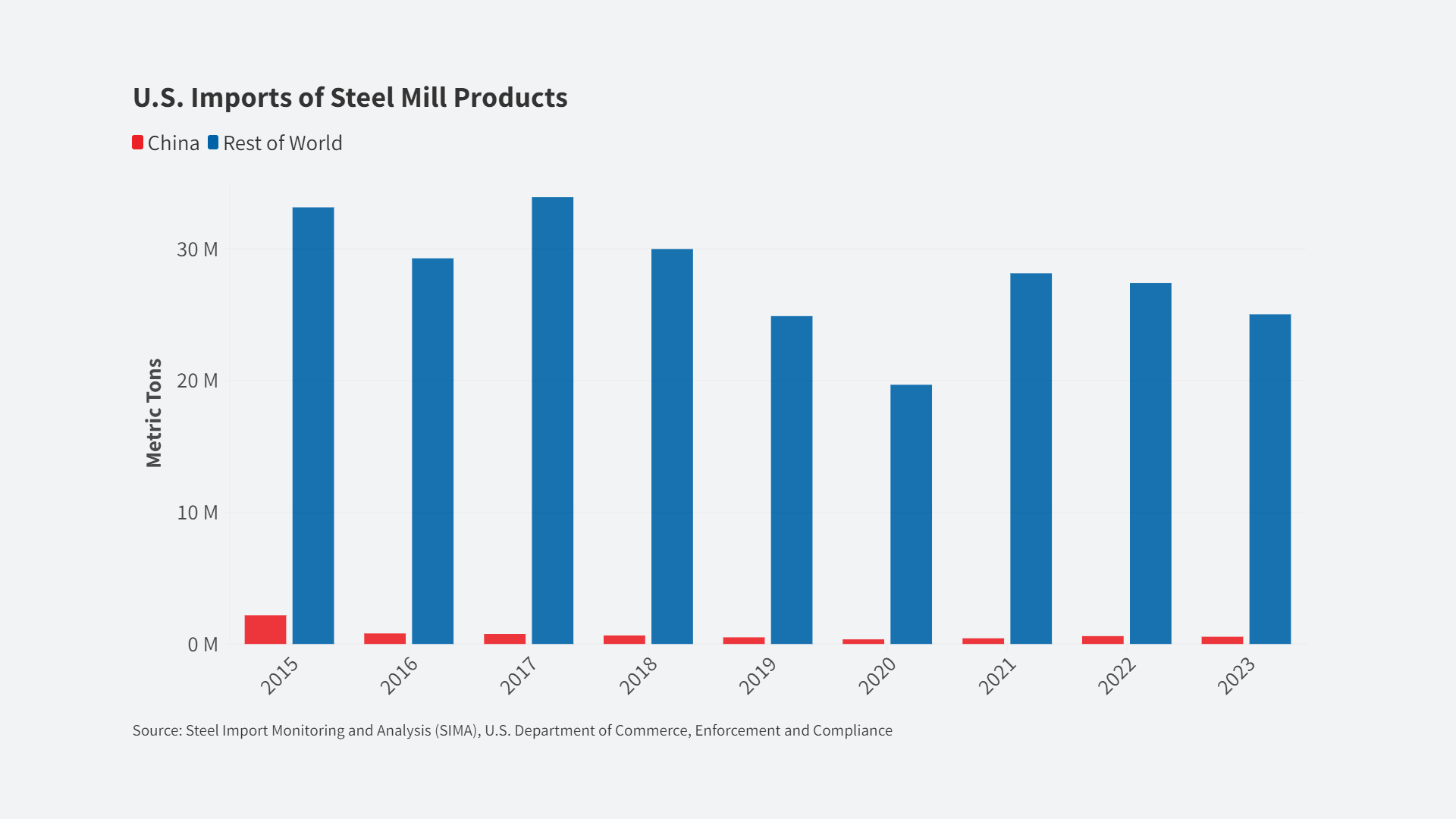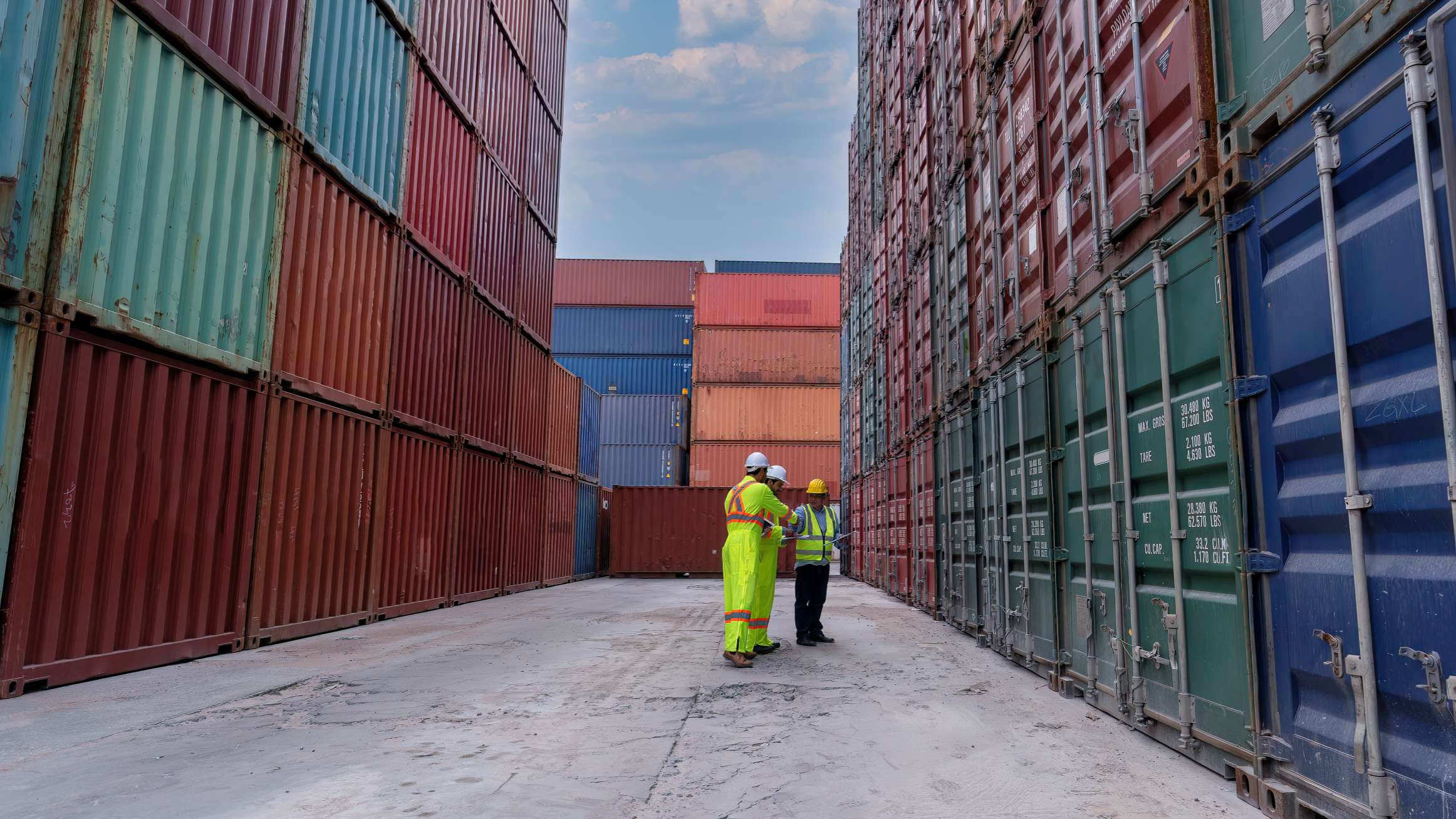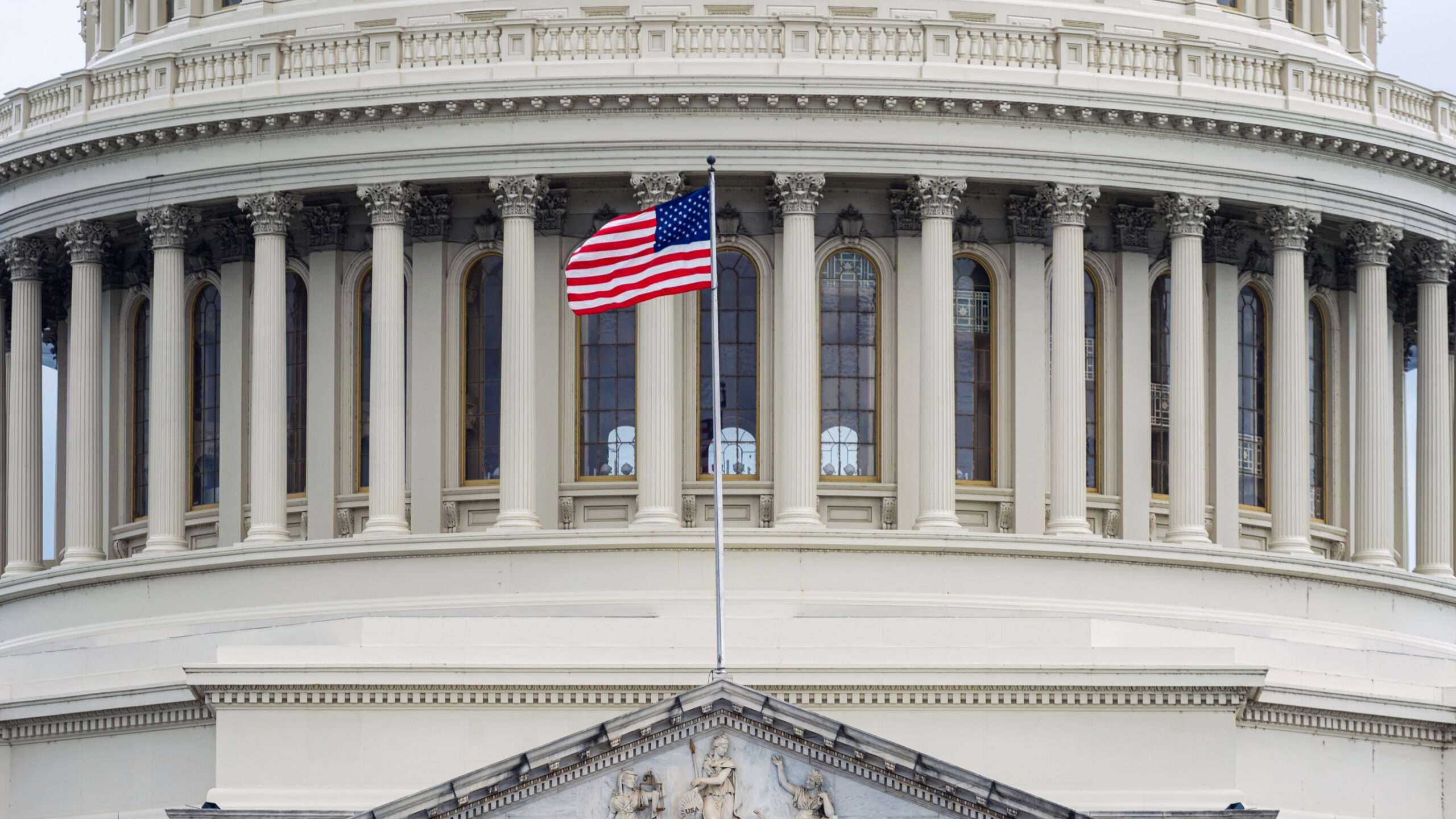
China is not a market economy, much less a free-market economy. Still, the U.S. continues to treat China as a free-market economy, with the hope that it will somehow encourage them to begin playing by the same rules governing the rest of the world. But, alas, it’s not happening. Here is a short list of some of China’s strategies.
[Michael Collins| June 16, 2016 |Industry Week]
China is not a market economy, much less a free-market economy. Still, the U.S. continues to treat China as a free-market economy, with the hope that it will somehow encourage them to begin playing by the same rules governing the rest of the world. But, alas, it’s not happening. Here is a short list of some of China’s strategies.
- Currency Manipulation – China manipulates its currency to keep the U.S. dollar value high, so that Chinese companies have a 30% to 40% cost advantage. This undervaluation is illegal and should be considered to be a direct export subsidy, yet the Commerce Department has refused to treat currency undervaluation as actionable under the law.
- State-Owned Enterprises (SOE) – China owns and subsidizes many companies, as in the steel industry example, above. Through the subsidized companies, China can target a market with low-cost products, capture market share and drive competitors out of business.
- Technology Theft – China knows that technology and innovation is what can make them the No. 1 manufacturer in the world, and they are prepared to get it any way they can. They have been accused of using espionage, counterfeiting and buying American technology companies as standard strategies. According to theUS-China Economic Panel Security Commission’s 2015 report to Congress,“China’s government conducts and sponsors a massive cyber espionage operation aimed at stealing trade secrets and intelligence from U.S. corporations and the government.” This includes blocking U.S. company websites, revoking business licenses and censoring the internet.
- Technology Transfer – As a condition of accessing the Chinese markets, China requires U.S. companies that build plants in China to create joint ventures with local companies—and share with them their latest technologies. Testimony to Congress by Patrick A. Mulloy asserts that we are slowly losing the Advanced Technology Products industries to China. Advanced technology products includes the more advanced elements of the computer and electronics industry as well as life sciences, biotechnology, aerospace and nuclear technology, all of which are central to U.S.’s own innovation strategy. In 2014, the U.S. trade deficit with China in advanced technology products was $123 billion.
- Research & Development Facilities – China requires foreign companies with plants in China set up R&D facilities in China. As a result, foreign companies have built more than 1,000 R&D labs in China.













